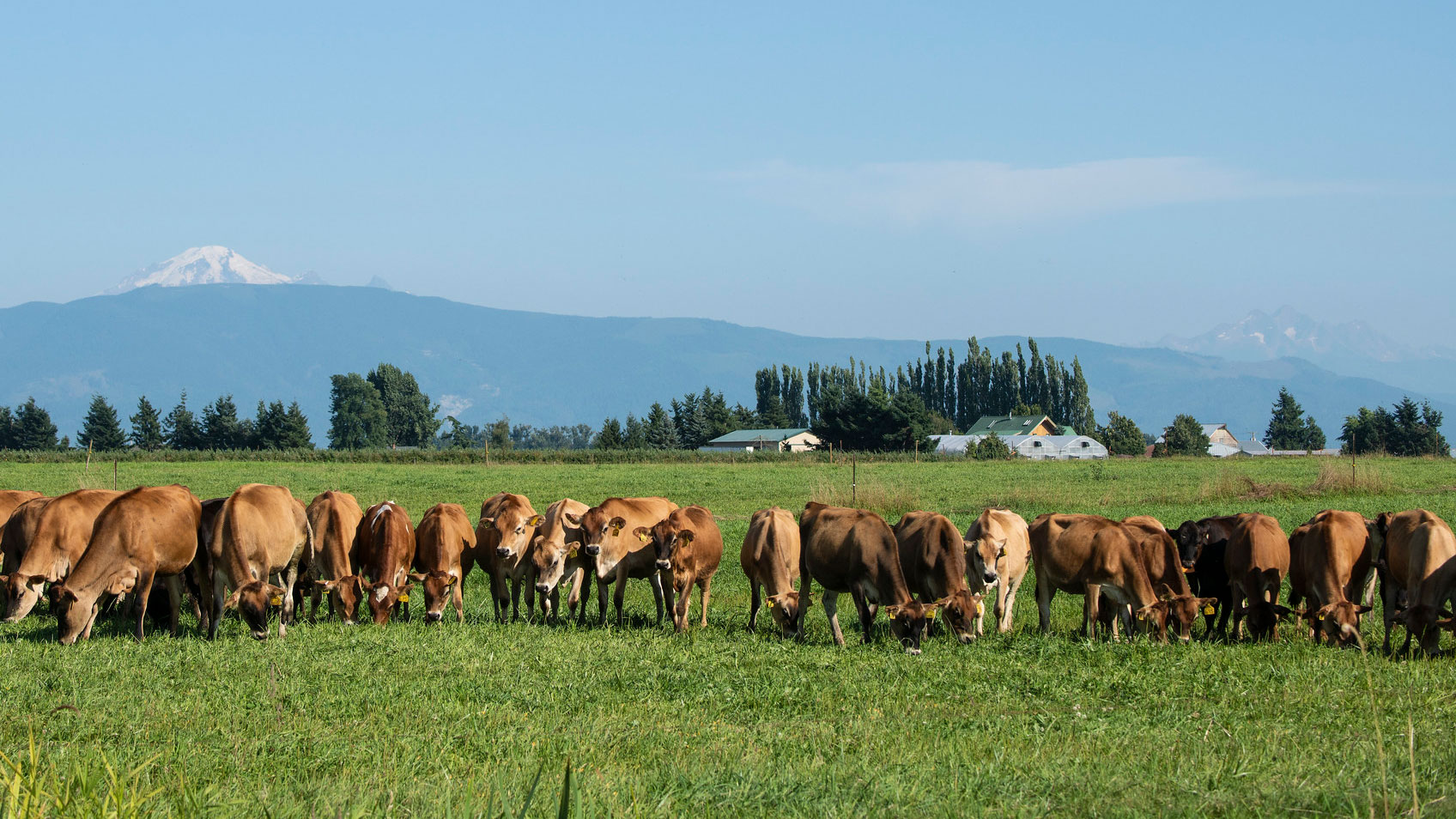
Work with foreign animal diseases has put the United States Department of Agriculture (USDA) Agricultural Research Service (ARS) on the map, and collaboration with the University of Minnesota College of Veterinary Medicine’s (CVM) Center for Animal Health and Food Safety (CAHFS) has contributed to a number of successful projects.
Diverse groups of U of M researchers, including everyone from graduate students to CAHFS Director Andres Perez, DVM, PhD, have collaborated on vital epidemiology and biosecurity research that ARS uses to prevent the introduction of foreign animal diseases to the United States, an event that would hugely impact the nation’s agricultural economy.
“This collaboration has enabled us to do things we wouldn’t have had the expertise or resources to do, and the impact has been invaluable in giving us international recognition for this work,” says Luis Rodriguez, DVM, PhD, head of the ARS foreign animal disease unit.
While epidemiologists with other USDA food and animal regulating bodies are equipped to prepare plans for responding to foreign animal disease outbreaks, they require reliable information regarding disease transmission and control methods. CAHFS has strong relationships with researchers around the globe, which allows CAHFS's networks to learn about foreign animal diseases at their source in countries where they occur. Rodriguez says it’s this access to a diverse range of experts that makes the U of M uniquely equipped to conduct on-the-ground research in foreign countries where the diseases are endemic, meaning they are constantly present. For example, ARS recently relied on CAHFS's expertise when tracking foot-and-mouth disease, a highly contagious viral disease that affects domesticated pigs, sheep, and cattle, in East Africa and Vietnam.
“Once we have a foreign animal disease outbreak in the United States, the damage is done. So one of the best ways to protect U.S. agriculture is to help those dealing with these diseases in hotspots around the world who are most likely to be the source of an infection in the United States,” says Cyril Gay, DVM, PhD, national program leader for the ARS National Animal Health Program. “Importantly, we may not have the right veterinary medical countermeasures such as vaccines to respond to a disease outbreak if we don’t know what pathogens are circulating in these hotspots. CAHFS has played an important role in helping the USDA determine what pathogens are circulating in these areas.”
Gay says that while ARS does have capacity to conduct laboratory experiments, the information that can be drawn from them is insufficient to implement strong biosecurity measures. “Being able to work with these pathogens in these endemic settings has been critical and has had a huge impact."
Several CVM graduate students are co-advised by researchers in ARS, and the program recently provided a grant that will support two postdoctoral researchers from the U of M in conducting research at the Plum Island Animal Disease Center in Orient Point, NY. The researchers will expand the program’s work with epidemiology of infectious diseases, specifically foot-and-mouth disease. Gay and Rodriguez see the training program as an asset and the first place they can turn to when hiring for future positions with the National Biosecurity and Agro-Defense Facility in Kansas. The $1.2 billion facility, which is expected to be completed by the end of 2020, will replace the Plum Island facility and will become the largest biosafety levels three and four laboratory in the country, with an additional focus on arthropod-borne and zoonotic diseases.
“Through this collaboration with the U of M, we can contribute to the training of graduate students that will ultimately benefit the country,” says Rodriguez.
